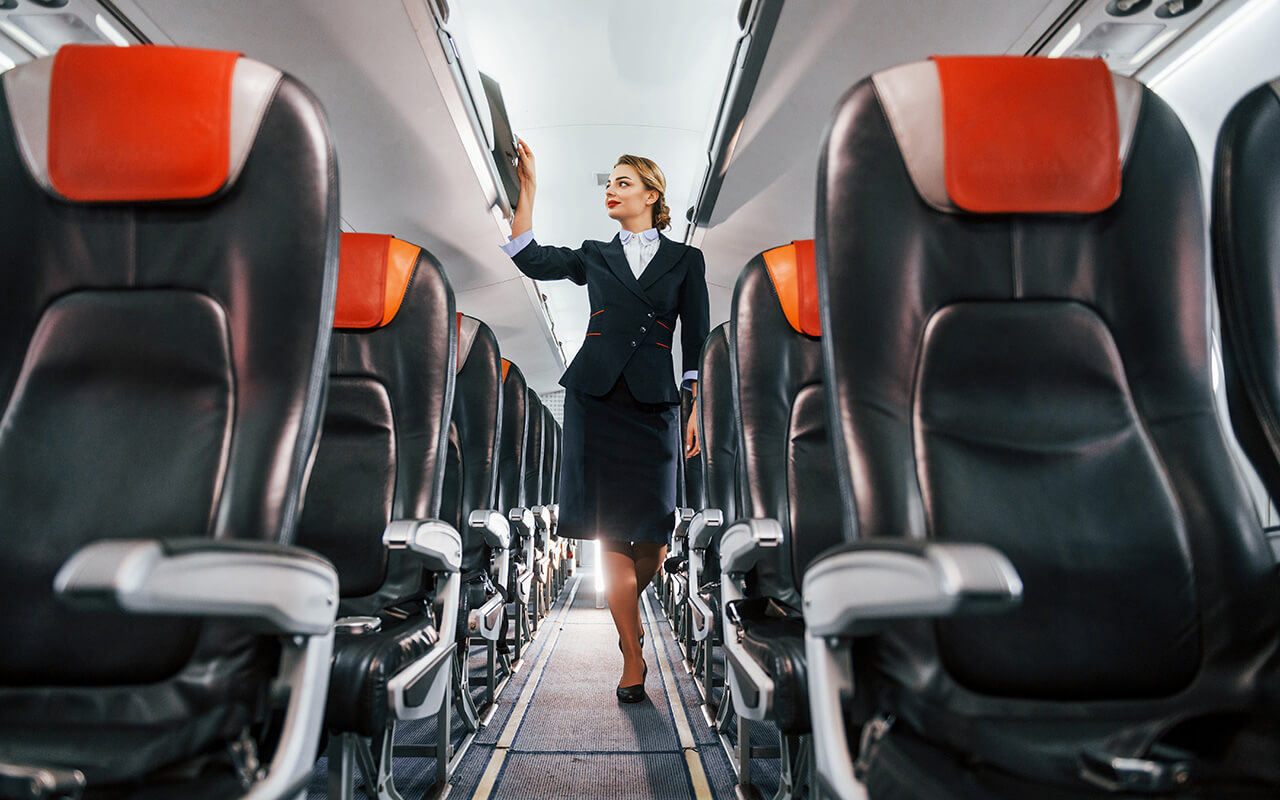
If you are taking a flight during your next trip, you will want to know how to have the safest flight possible. Following the best safety practices for flying will help you feel secure, have an easy flight, and avoid anxiety associated with airplanes. So, before your next trip, check out these 15 essential safety tips that you must know before flying.
Listen To the Safety Briefing
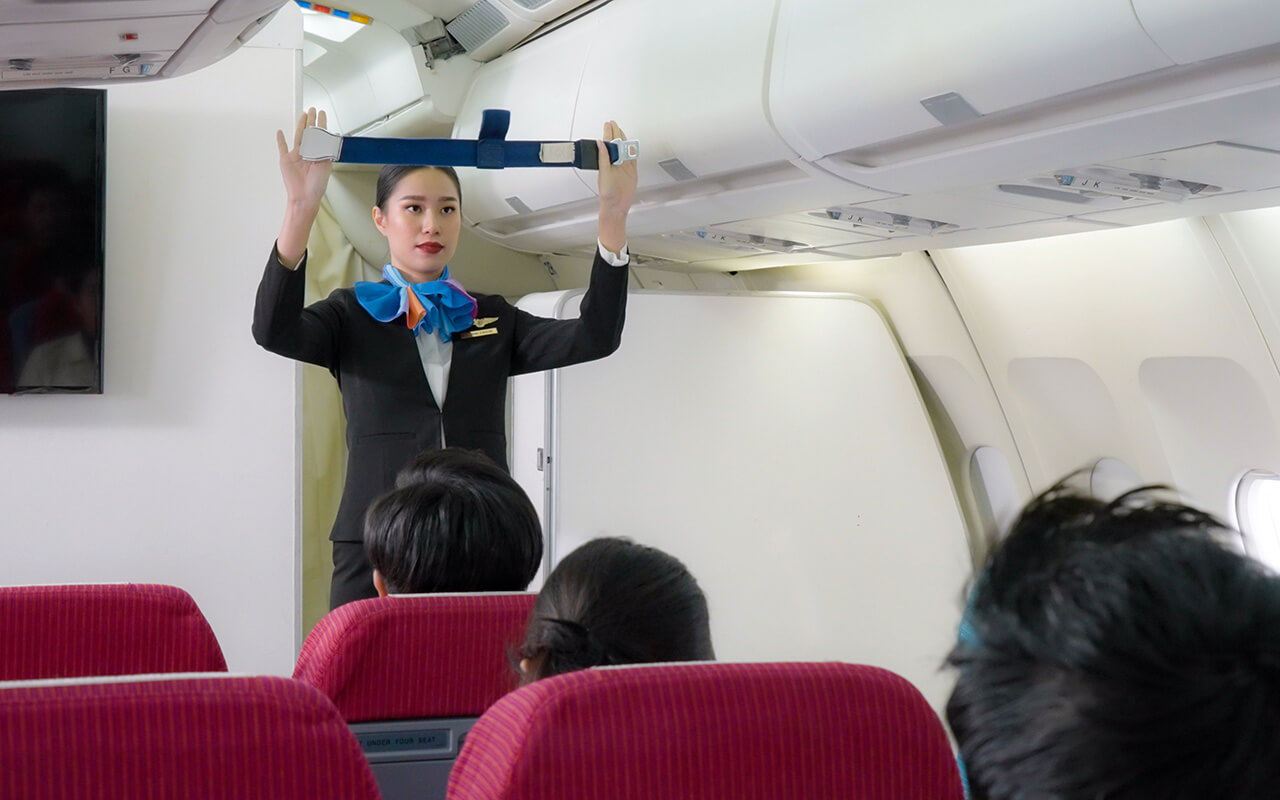
Pay attention to the pre-flight safety demonstration, even if you’ve heard it before. Familiarize yourself with the location of emergency exits, life vests, and oxygen masks. Each aircraft may have slight differences, so staying informed is crucial for your safety.
Wear Your Seatbelt
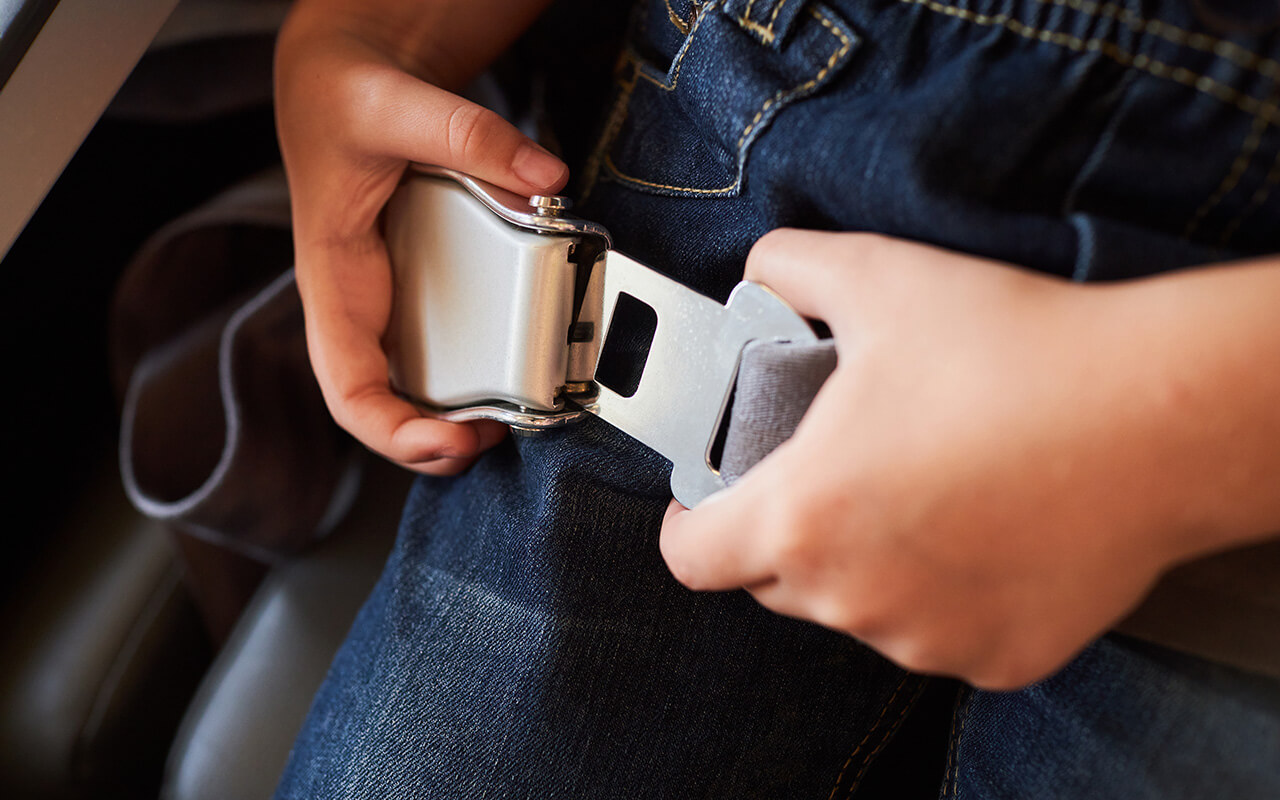
Keep your seatbelt fastened throughout the flight, even when the sign is off. Unexpected turbulence can occur at any time, and wearing your seatbelt prevents injuries. Ensure it’s snug but comfortable, and always visible to flight attendants.
Choose an Aisle Seat Near an Exit
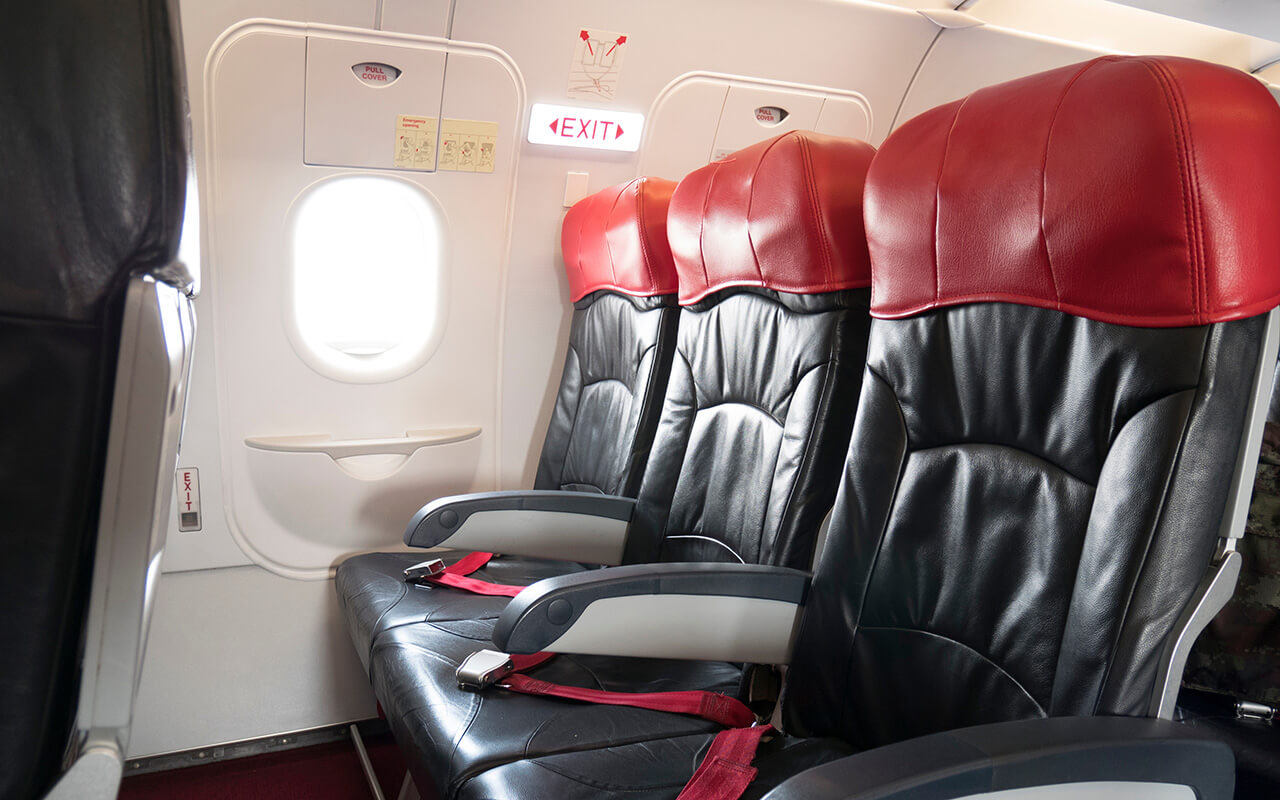
If possible, select an aisle seat within five rows of an emergency exit. This position allows for quicker evacuation if necessary. Remember, in an emergency, you should be able to reach an exit within 90 seconds.
Stay Hydrated
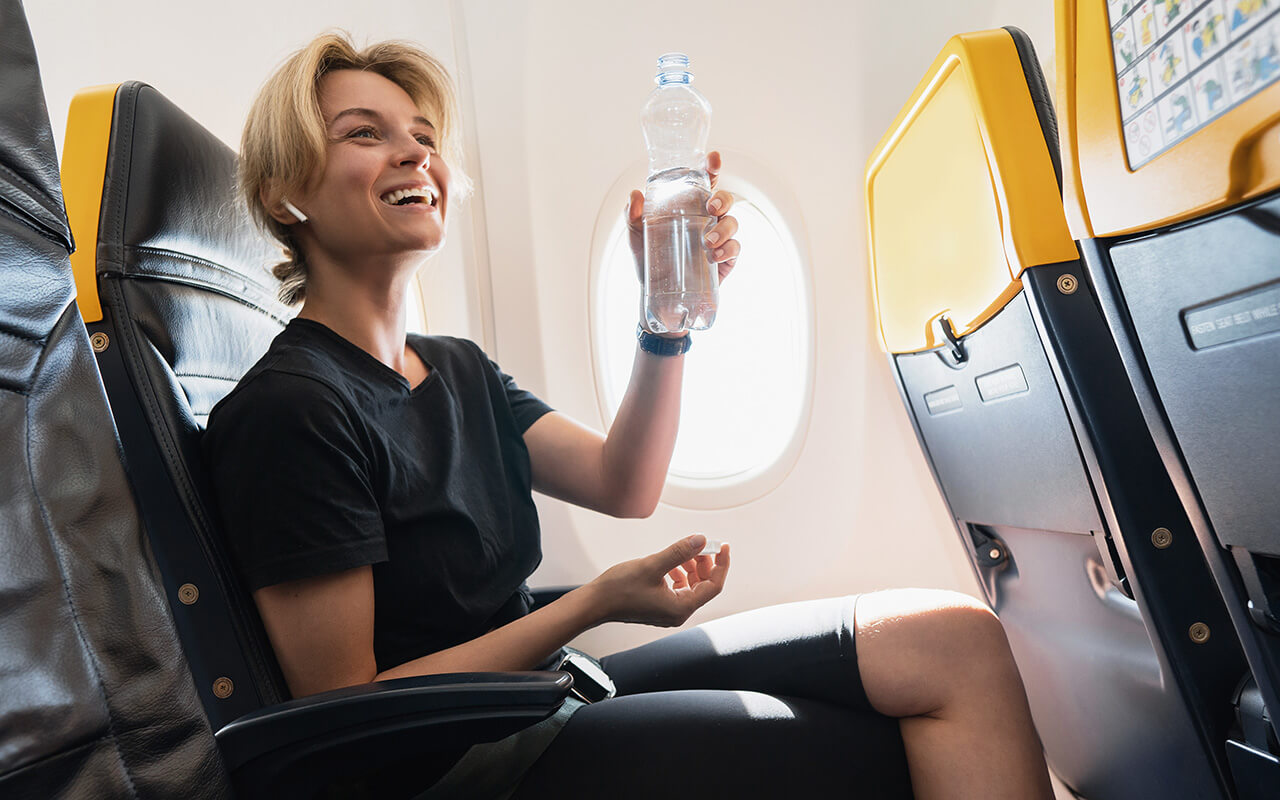
Drink plenty of water before and during your flight to combat the dry air in the cabin. Dehydration can lead to fatigue, headaches, and increased susceptibility to illness. Avoid excessive alcohol and caffeine, which can contribute to dehydration.
Move Around Regularly
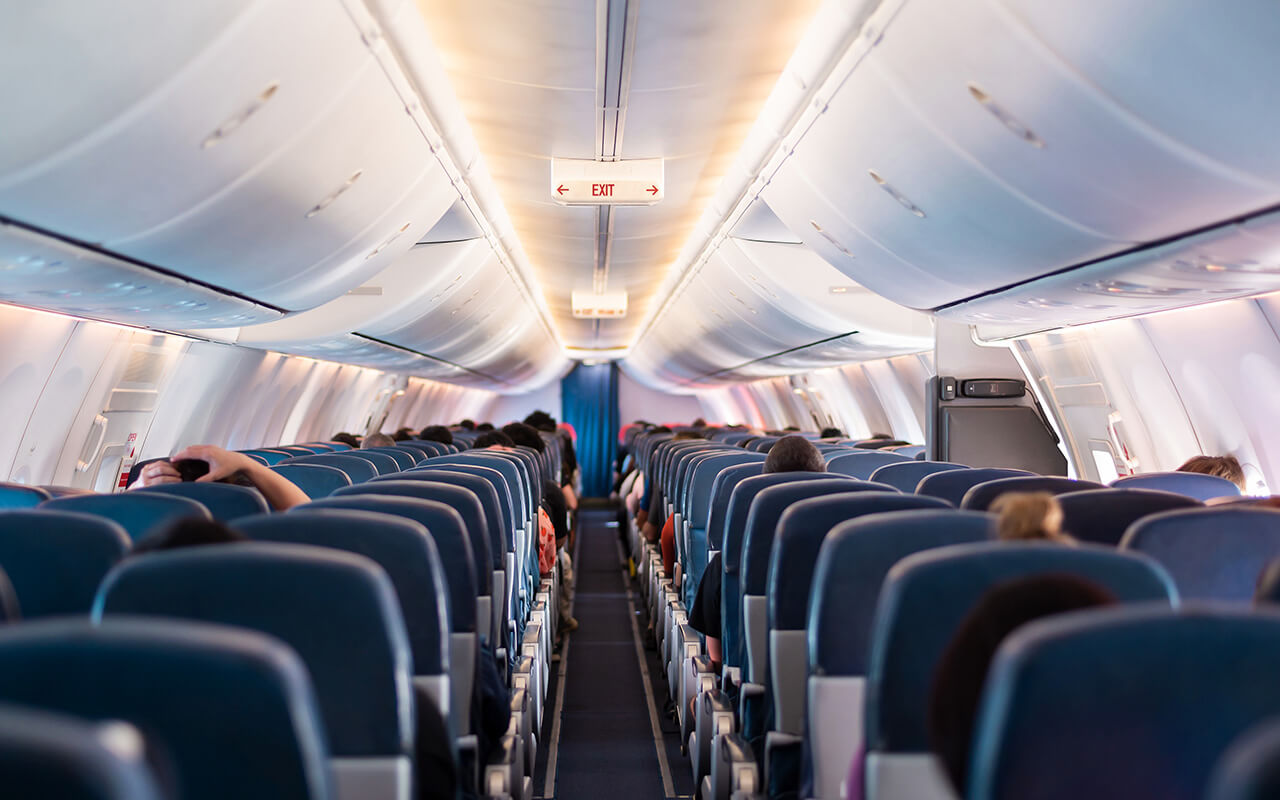
On longer flights, take short walks up and down the aisle every hour or two to promote blood circulation. This helps prevent deep vein thrombosis (DVT), a potentially dangerous condition caused by prolonged sitting. When seated, perform simple exercises like ankle rotations.
Pack Your Medications
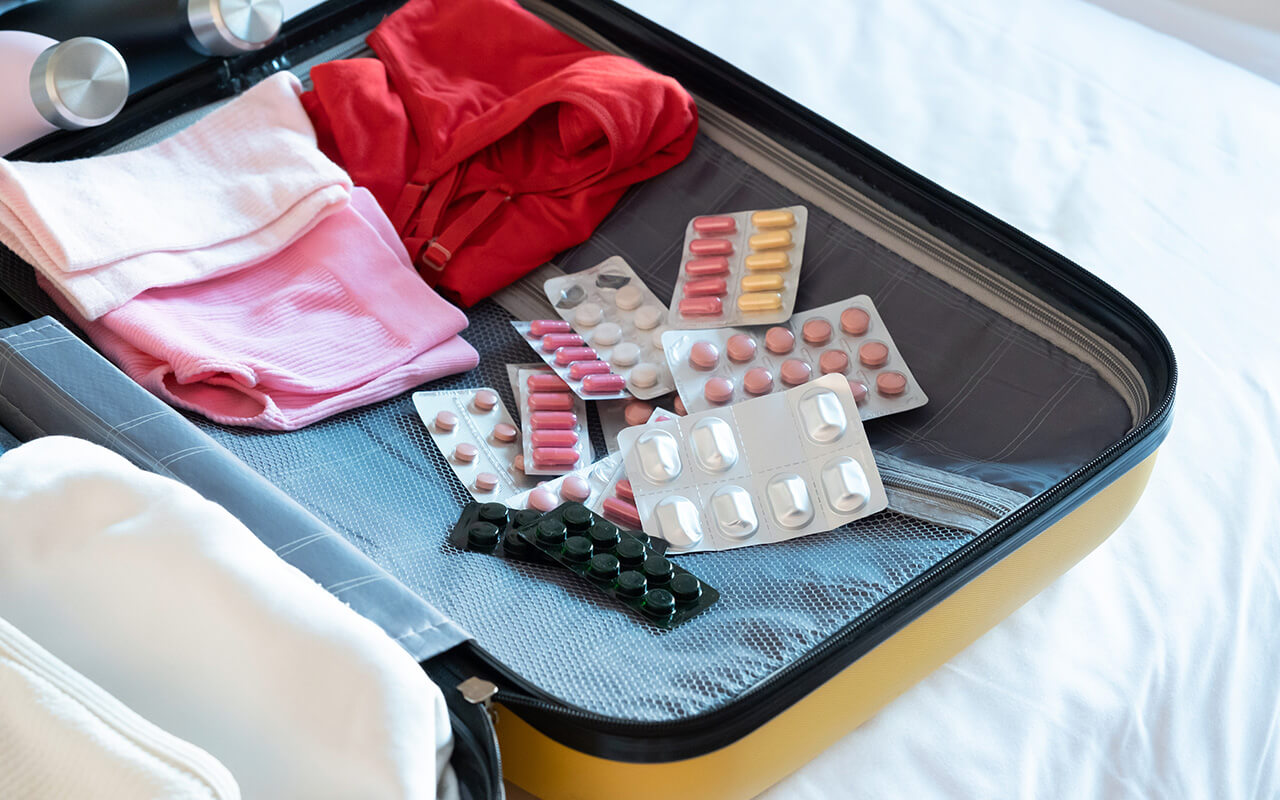
Carry essential medications in your carry-on luggage, not in checked bags. Bring more than you need for the trip duration in case of delays. Keep medications in their original, labeled containers to avoid issues at security checkpoints.
Be Aware of Your Surroundings
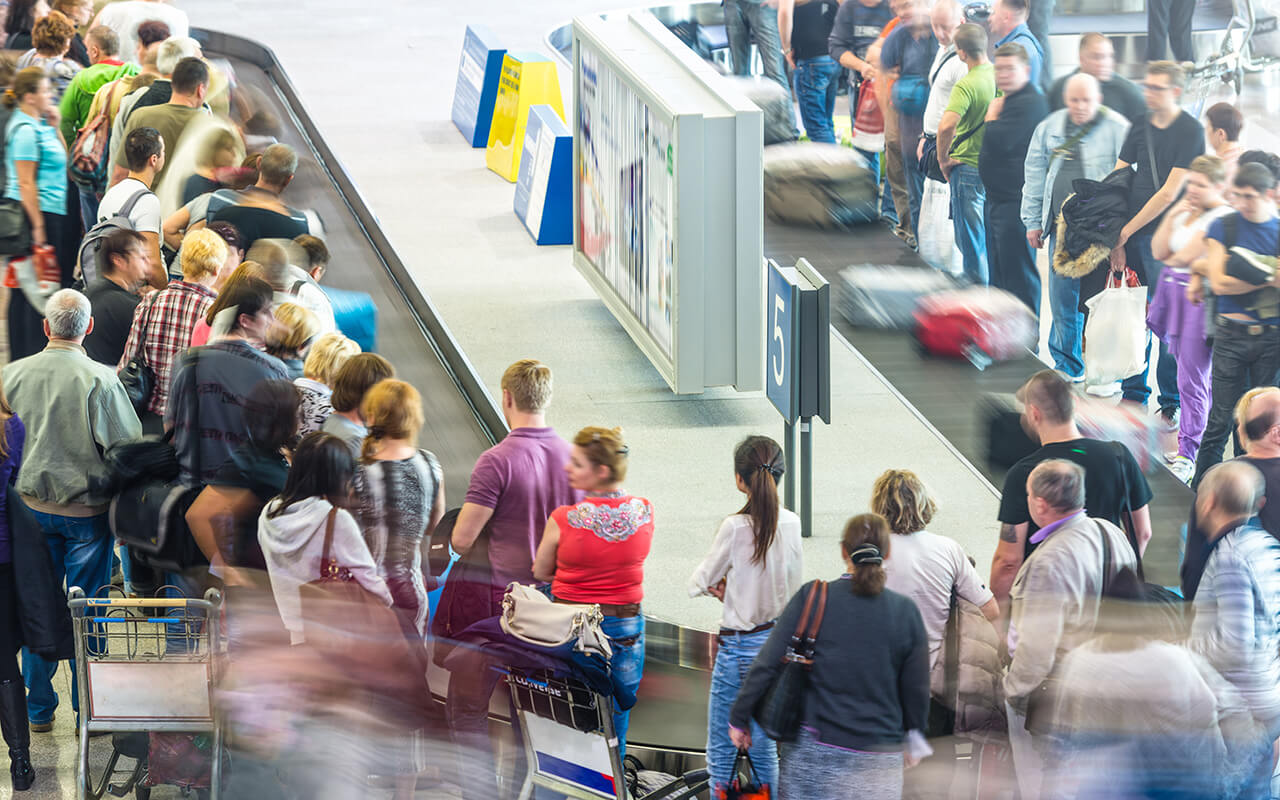
Stay vigilant and report any suspicious behavior or unattended items to flight attendants. Familiarize yourself with nearby passengers and note anything unusual. Trust your instincts – if something feels off, it’s better to speak up than ignore it.
Follow Carry-on Guidelines
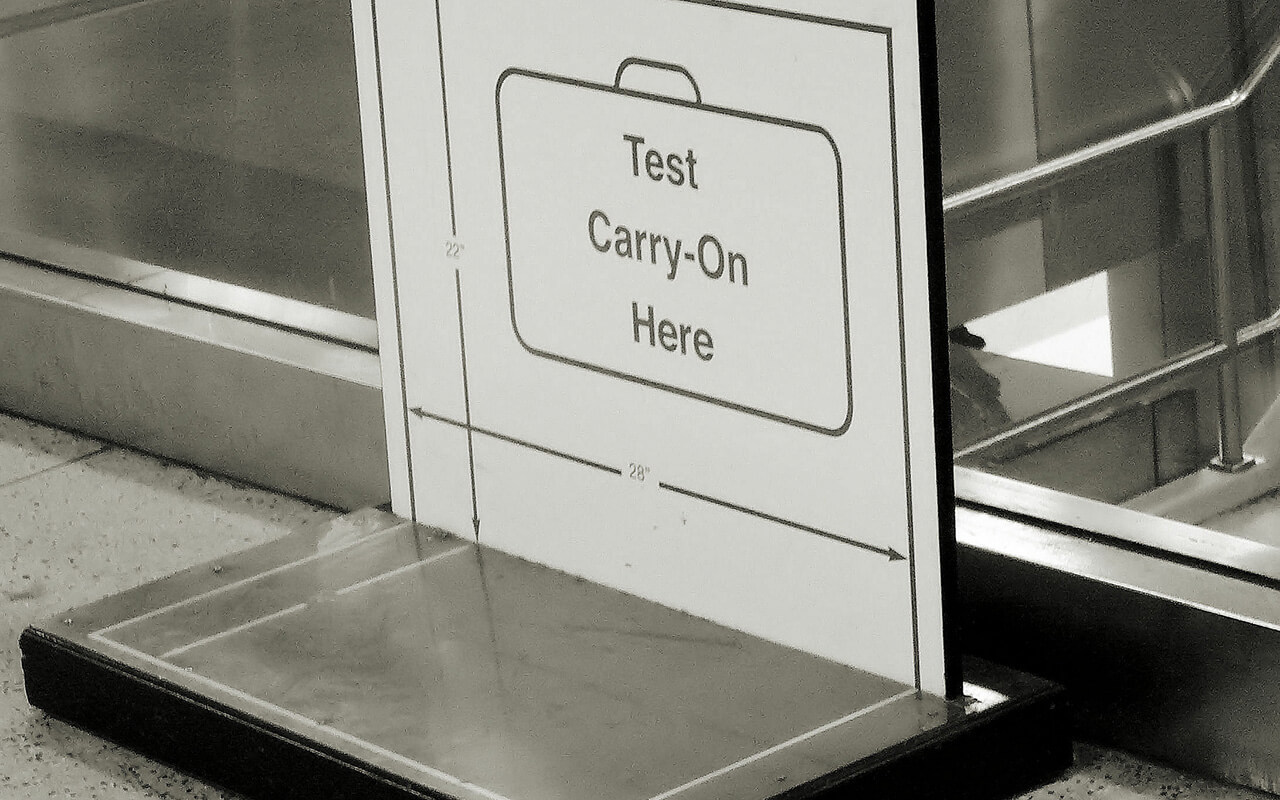
Adhere to airline regulations for carry-on items. Properly stow your luggage in overhead bins or under the seat in front of you. Loose items can become projectiles during turbulence, posing a safety risk to you and other passengers.
Know How to Brace for Impact
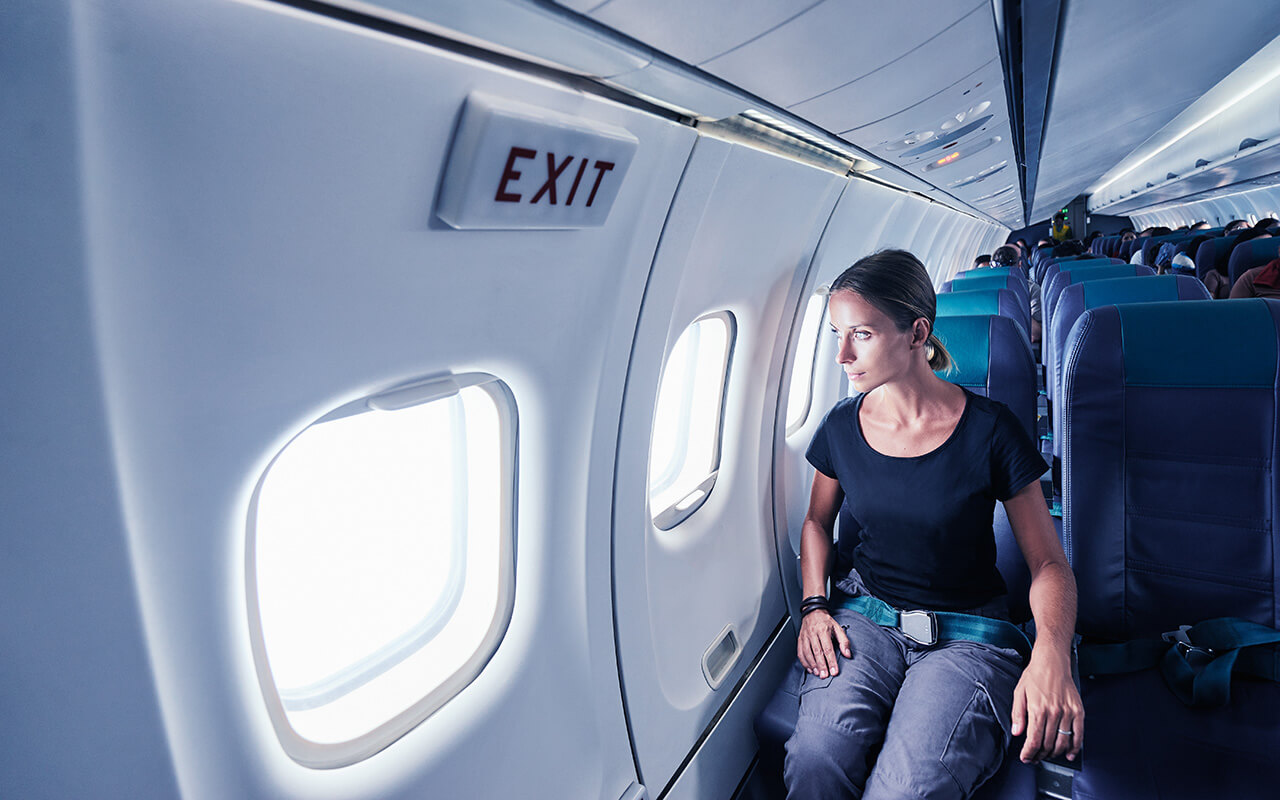
In the unlikely event of an emergency landing, assume the brace position when instructed. Lean forward with your head against the seat in front of you, placing one hand on top of the other on your head.
Dress Appropriately

Wear comfortable, natural-fiber clothing and closed-toe shoes. Avoid high heels or sandals, which can hinder quick movement in an emergency. Long pants and long-sleeved shirts provide extra protection against potential friction burns during an evacuation.
Maintain Good Hygiene

Use hand sanitizer or wash your hands frequently, especially after touching common surfaces. Avoid touching your face to reduce the risk of catching or spreading illnesses. Consider bringing your own sanitizing wipes for armrests and trays.
Stay Informed About Your Flight
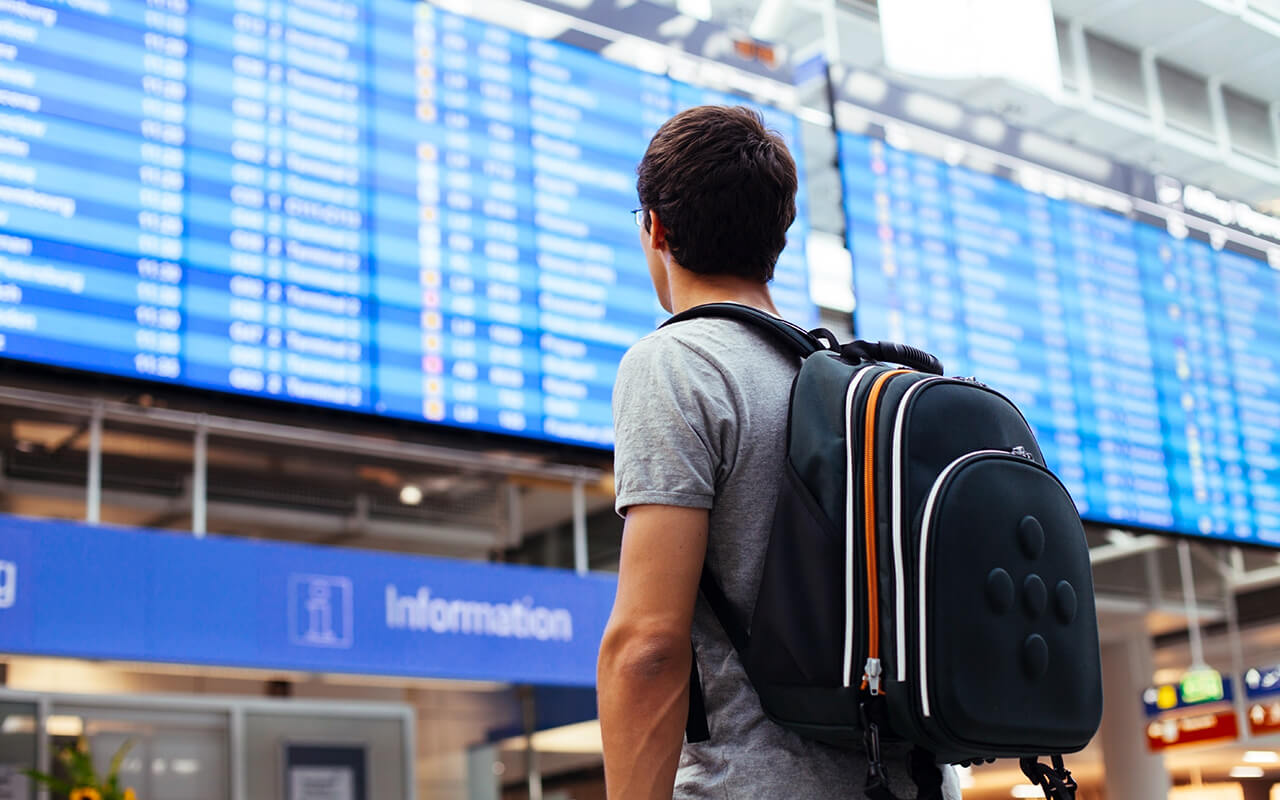
Check your flight status regularly and sign up for airline notifications. Being aware of any changes or potential issues allows you to plan accordingly and reduces stress. Arrive at the airport with plenty of time to spare.
Keep Important Documents Accessible
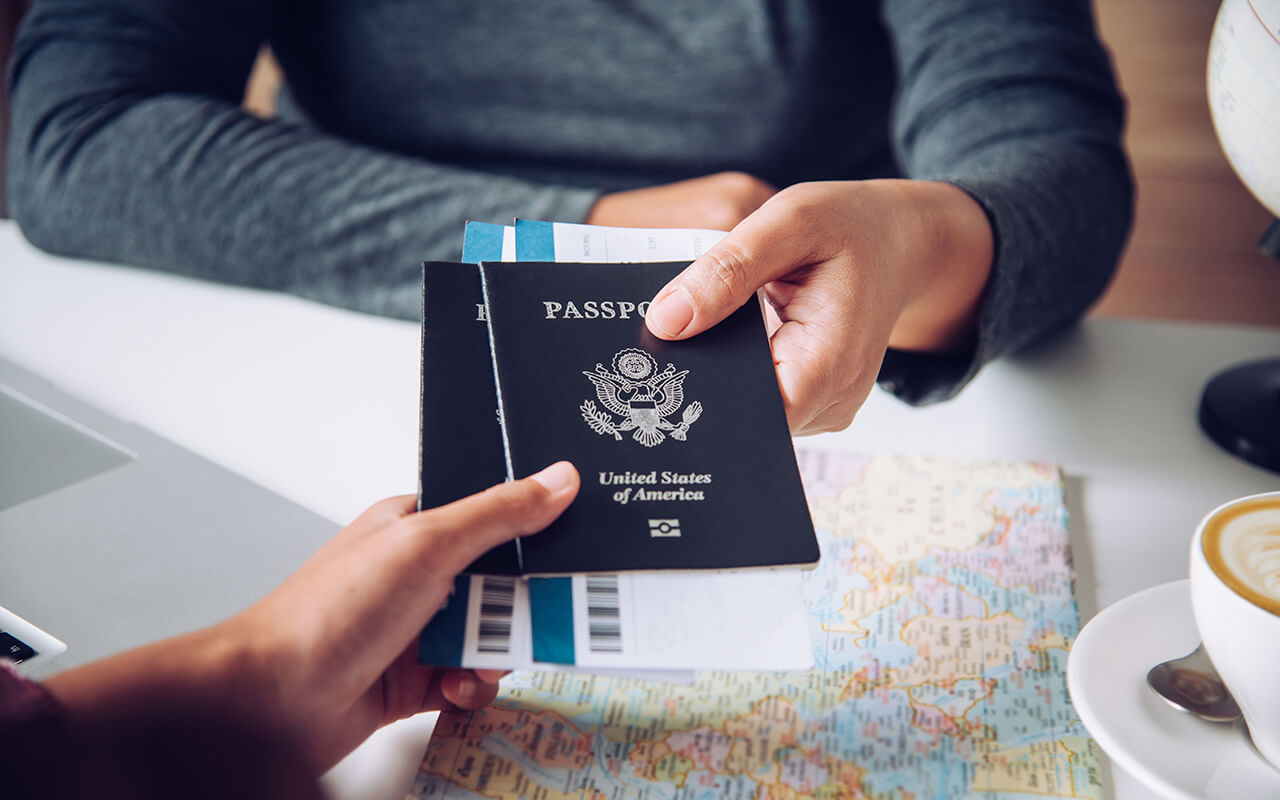
Store your passport, boarding pass, and other essential travel documents in an easily accessible place. Consider taking photos of these documents as backups. Having your information readily available can save time and reduce stress during security checks and boarding.
Learn Basic First Aid
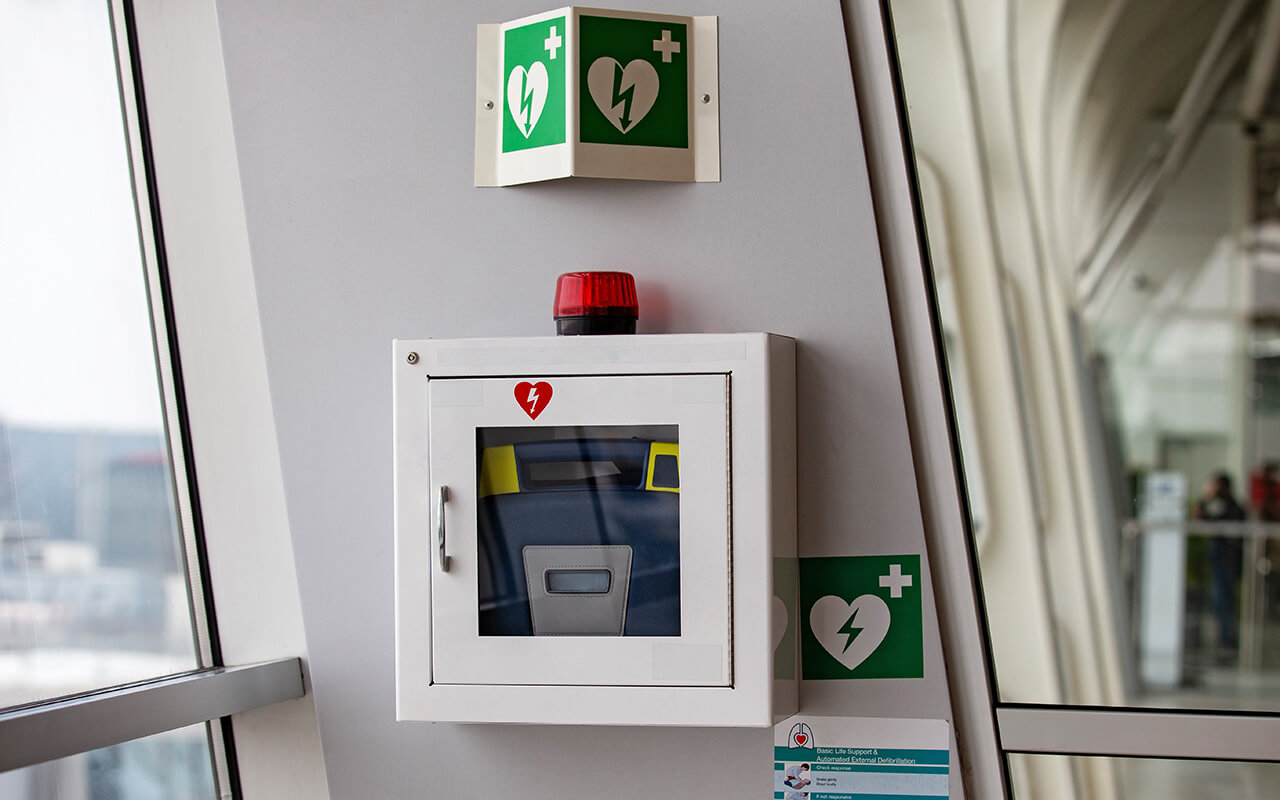
Familiarize yourself with basic first aid techniques before your trip. Knowing how to respond to common medical emergencies can be invaluable during a flight. If you have specific health concerns, consult your doctor before flying and inform the airline if necessary.
Respect Flight Crew Instructions
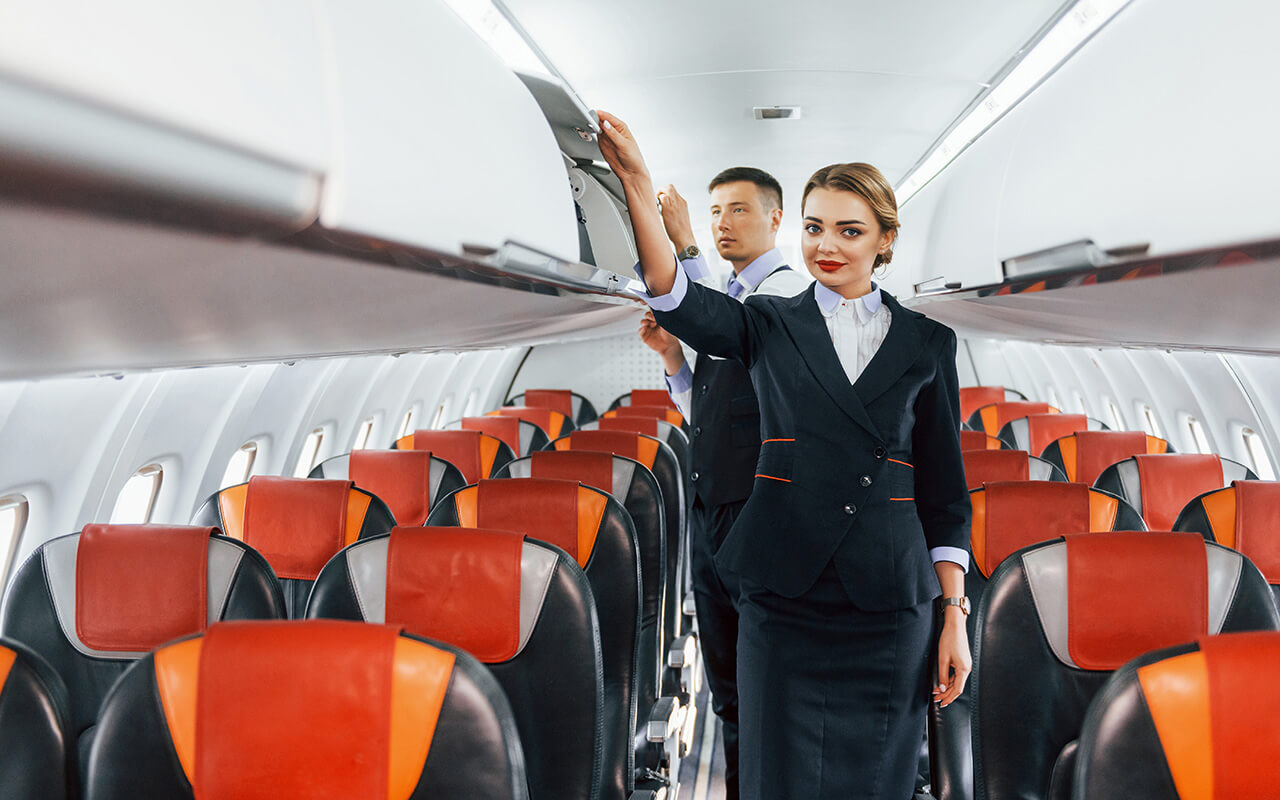
Always follow directions from flight attendants and pilots. They are trained to handle various situations and ensure passenger safety. If you have concerns or questions during the flight, don’t hesitate to ask a crew member for assistance.
For more travel tips and hacks, visit our website and explore our resources to enhance your next adventure.
